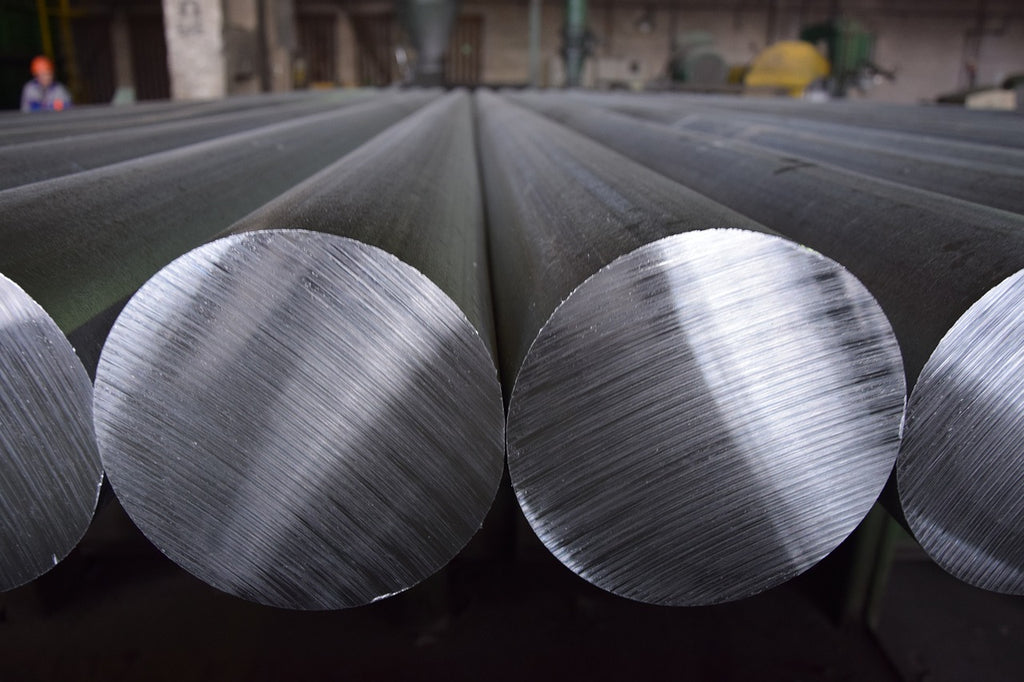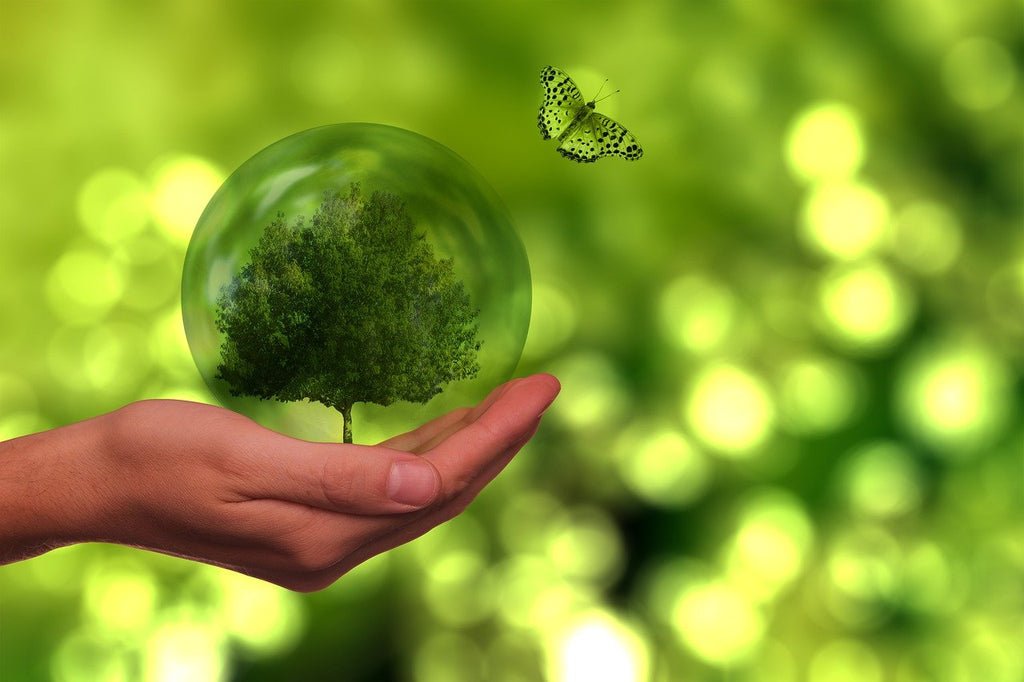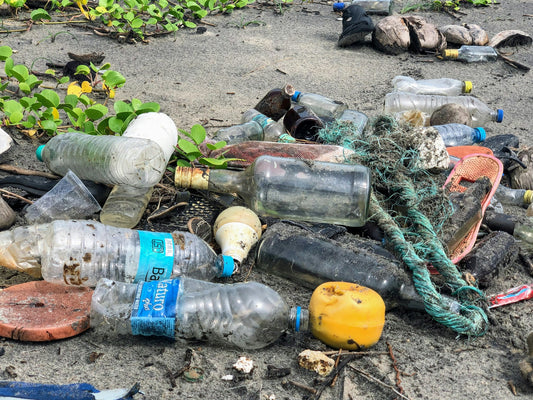Share
In our efforts to embrace sustainability and strive for circularity, aluminum has become a key pillar.
Especially in the fight against plastic pollution, aluminum shows up as a main contestant.
But: Many of the claims that paint aluminum in a sustainable light are based on recycling. Among the many materials we recycle, aluminum stands out for its remarkable properties and high recycling rate.
Let's delve into the world of aluminum recycling to understand its importance, process, and how you, as a consumer, can contribute to a greener future.
How is Aluminum Produced?

Aluminum is derived from so called bauxite ore, which undergoes an extensive process to extract alumina (called the Bayer process). This alumina is then smelted using electrolysis, resulting in pure aluminum.
While this process is energy-intensive, aluminum's lightweight, corrosion resistance, and malleability make it a highly desirable material across various industries.
Especially because of its great recyclability, it has also gained a lot of momentum as an alternative to plastic.
How is Aluminum Recycled?

Aluminum recycling is a very efficient process. Unlike some other materials, aluminum can be recycled repeatedly without losing quaity or changing its composition.
In fact, it is estimated that 75% of all aluminum ever produced is still in use today.
The recycling journey typically begins with collection. This can occur through curbside recycling programs, dedicated recycling centers, or scrap metal dealers.
Once collected, the aluminum is sorted, cleaned, and melted down.
The molten aluminum is then cast into bars, ready to be used in manufacturing new products.
What Do I Need to Know as a Consumer?

As a consumer, your role in aluminum recycling is crucial.
In most, if not all communities in North America, you will be ale to recycle aluminum in the blue bin. Here are some tips, to make sure you do your part and it can actually be recycled.
- Before throwing anything in the trash, check if your community offers a closed loop scheme (like drinking can deposit schemes)
- Ensure you dispose of aluminum products like cans, foil, etc. in designated recycling bins and not in the regular trash.
- Rinse out food containers to remove any contaminants before recycling.
- Remove any non-aluminum items like plastic lids.
- Scrunch up aluminum foil or other small aluminum bits to make it easier for recycling machines to detect.
Additionally, consider purchasing products made from recycled aluminum whenever possible.
By supporting recycled aluminum products, you're directly contributing to the demand for recycled materials, driving the market towards sustainability.
How Sustainable is Aluminum?

Aluminum is hailed as one of the most sustainable materials available. Its infinite recyclability significantly reduces the need for primary production, conserving energy and resources.
The main advantage of aluminum compared to plastic is that aluminum enables infinite closed-loop recycling. The reason is that aluminum does not lose any quality when it is recycled, while most plastics are "downcycled".
If you recycle a PET plastic bottle for example, it will not be processed into new palstic bottles, but rather synthetic fibre or other second grade plastic.
This closed-loop recycling process of aluminum reduces energy consumption by 90% compared to primary aluminum production.
Furthermore, recycling aluminum emits significantly fewer greenhouse gases compared to primary production, making it a key player in combating climate change.
While aluminum is far from perfect, it is a substantially better alternative than plastic and it will likely continue to play an important role in the future.
Conclusion
Aluminum recycling is a shining example of circular economy principles in action.
By closing the loop on aluminum production, we minimize waste, conserve resources, and reduce environmental impact.
As consumers, our choices play a pivotal role in driving the demand for recycled materials. By prioritizing recycling and supporting products made from recycled aluminum, we pave the way for a more sustainable future.
Let's embrace the power of recycling and unlock the green potential of aluminum. Together, we can make a significant difference.
Last, but not least: please remember that recycling is only one of the many "R's" that are important for a sustainable circular economy. It all needs to start with conscious consumption and reusing what we already have.
We hope you enjoyed this article. Please feel free to leave a comment below if you want to engage in the discussion.
If you want to read more like this, make sure to check out our Blog and follow us on Instagram. If you are interested in truly sustainable products, check out our Shop.








